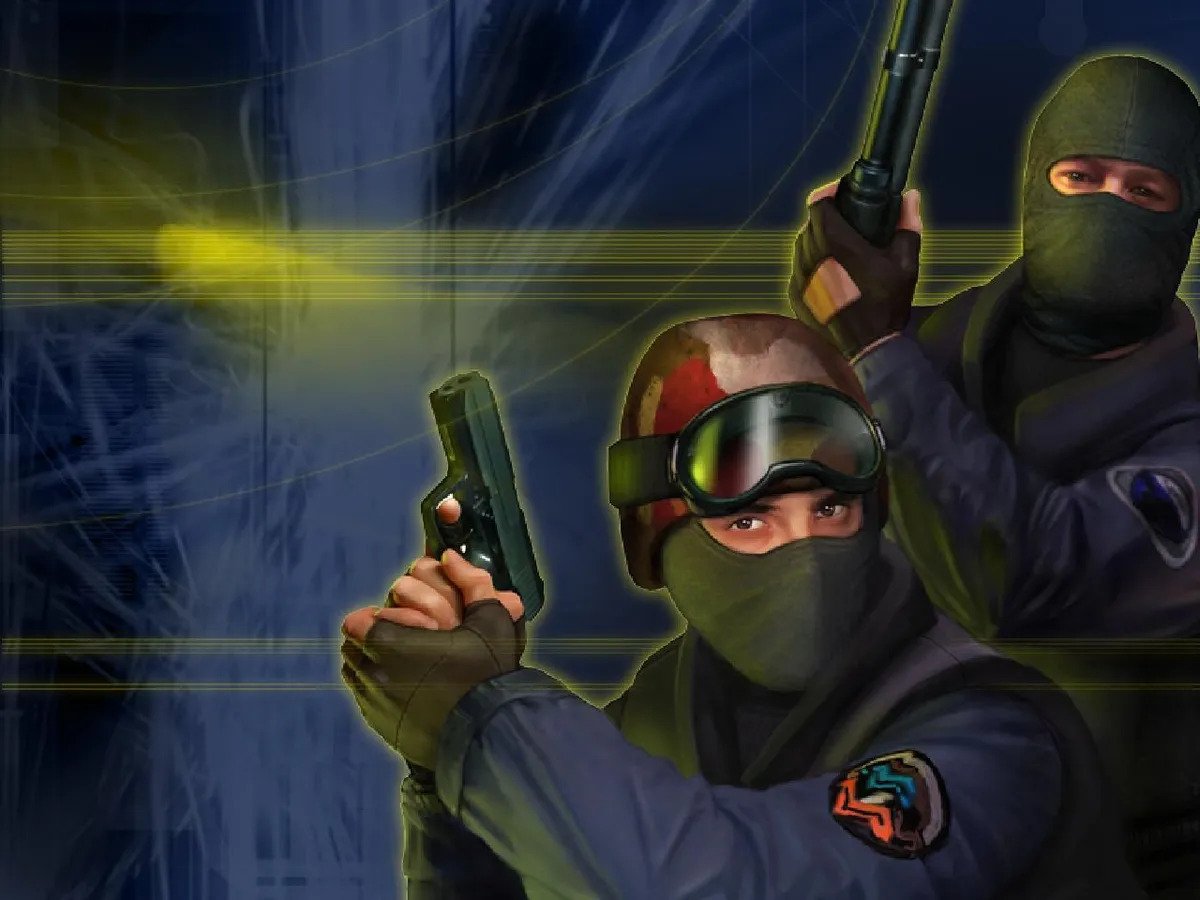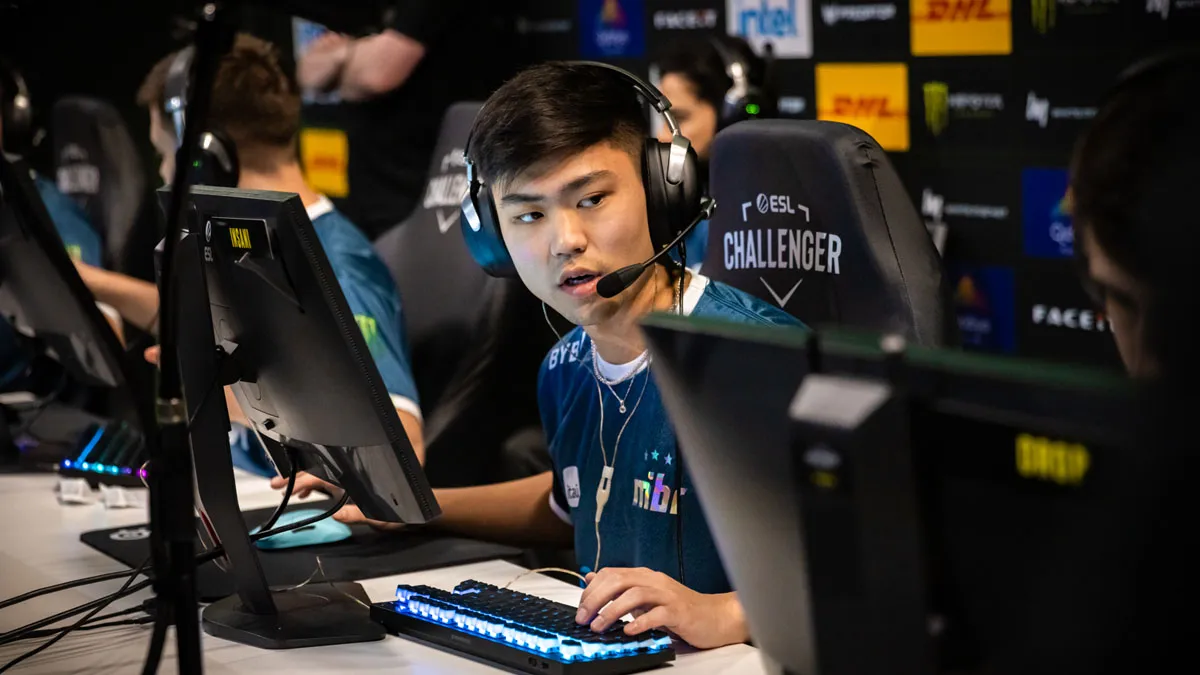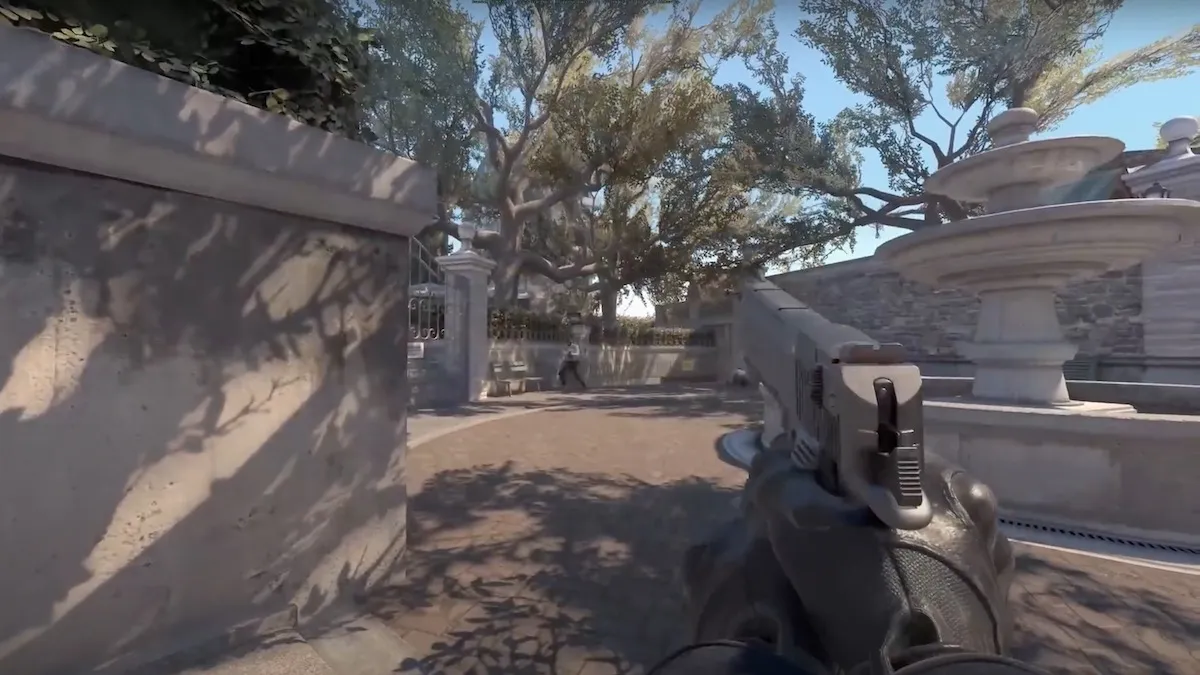Every PC gamer knows about Steam, the premier gaming platform that hosts tens of thousands of games created by Valve. Back in the day, before the glory days of Steam, Valve developed a few of its own games. Names like Half-Life, Portal, and Counter-Strike were known to almost every gamer during the early 2000s and would evoke a nostalgic tear for anyone that has played them.
Of these franchises, none is perhaps more popular or as beloved as the Counter-Strike series. With its humble beginnings as a Half-Life mod, Counter-Strike grew beyond its original game and into a class of its own.
The mod was so popular it spawned several iterations in the form of new, fully developed Counter-Strike games. The days of being a mod were over.
Now we have an entire sprawling series of games in the Counter-Strike series, starting off with the original Counter-Strike.
Counter-Strike

With the rise and popularity of Half-Life, several mods were released by fans. Most were short-lived, however, other than one in particular: Counter-Strike. The original Counter-Strike was created by Minh Le and Jess Cliffe as an alternative mode to Half-Life. The mod was then dubbed Half-Life: Counter-Strike when Valve officially took over production.
Since its release in 2000, Counter-Strike was an instant hit with the first-person shooter multiplayer community. The innovative gameplay and design choices were used as references for future games in the series.
The game got an unofficial sequel in 2002 titled Counter-Strike 1.6, which was an updated version of the original Counter-Strike featuring enhanced graphics and an updated UI.
Counter-Strike quickly became popular enough for Valve to take notice and plan an official sequel for the game. However, that only happened after another couple of years, with the release of the next game in the series.
Counter-Strike: Condition Zero
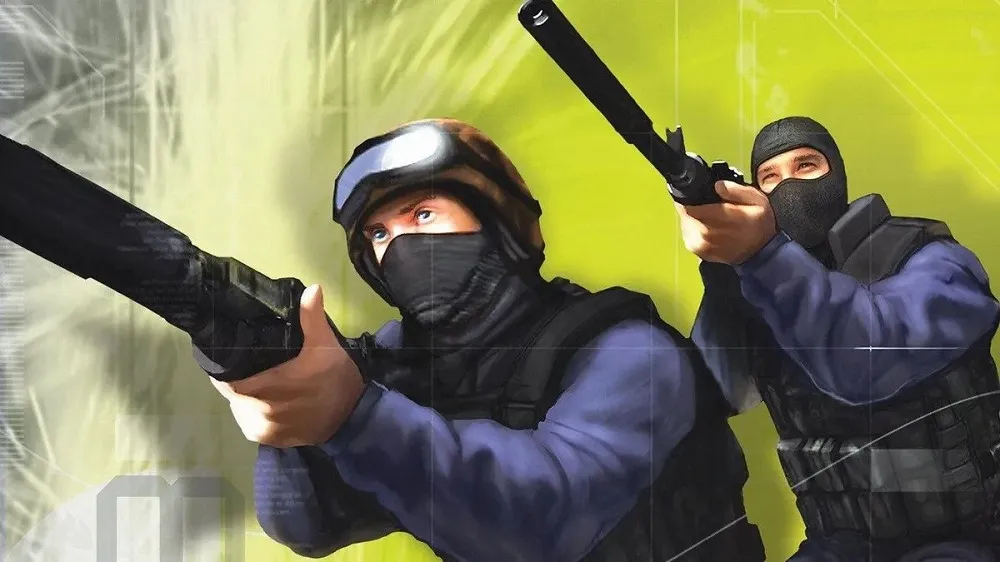
Counter-Strike: Condition Zero is the direct sequel to the original Counter-Strike. Unlike the original version, Condition Zero was not a mod but a fully-developed game backed by Valve. The production was in full swing since the release of Counter-Strike 1.6 and after two years of development, Counter-Strike: Condition Zero was launched in 2004.
This game features several improvements over its predecessor, both in the graphics and gameplay departments. With the full might of Valve’s technology backing them up this time, the production value of the game showed significant improvements as well.
This was quite a feat, especially since Counter-Strike: Condition Zero ran on the same engine as its predecessor, the Half-Life GoldSrc engine.
The reception of the game was definitely mixed, however. Many fans did not like the new direction their beloved game had been taking while others enjoyed the new features Counter-Strike: Condition Zero had to offer. The game also included a full single-player campaign mode along with its multiplayer, full of bonus levels as well, which gave fans a lot of time to sink their teeth into the game.
Counter-Strike: Source
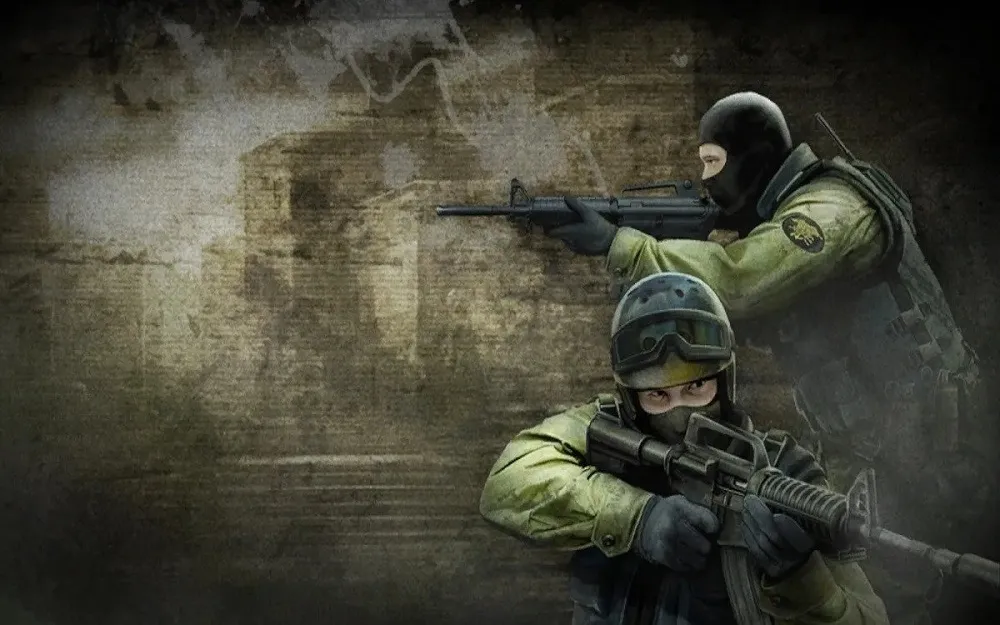
After a rather lackluster reception to Counter-Strike: Condition Zero, Valve decided to step it up with the release of Counter-Strike: Source. Now running on Valve’s new Source game engine, Counter-Strike: Source took full advantage of the new graphics and interface to provide subliminal gameplay, the likes of which were a first for the series.
Essentially, Counter-Strike: Source was a remake of the original Counter-Strike, from the ground up with a new engine. As such, it did not have any groundbreaking new features and mostly focused on enhancements. Several fan-favorite maps were upgraded as well, to the dismay of some and the joy of others.
Finally, the series took a more serious direction with the release of its final game in the series (until this year).
Counter-Strike: Global Offensive

Valve’s next full release was Counter-Strike: Global Offensive, a culmination of the Counter-Strike series which includes the best the series has had to offer throughout the decades.
The fourth mainline release in the series was launched in 2012 and its player base has only grown throughout the years. The game got so popular that versions were released for the PlayStation 3 and Xbox 360 as well.
Even though Global Offensive ran on the Source engine, several features were improved. Features such as bullet impact on walls, radio communication between bots, and weapon damage models were modified to better suit Valve’s vision of the game. On the multiplayer end, the game features ranked matchmaking and a dynamic leaderboard as well.
This game would have been the final entry in the series were it not for the recent announcement of the last game.
Counter-Strike 2

The next addition to the Counter-Strike series was announced on Mar. 22. Counter-Strike 2 is supposed to be a direct sequel to CS:GO and will be launched as a free update to the game. We know very little about the game so far other than the fact it will use Valve’s Source 2 game engine and will be available on various platforms.
The game is slated to feature several technical upgrades over CS: GO which involve both graphical and gameplay upgrades. Using the new Source 2 game engine, Valve plans to make a game that vastly surpasses its predecessors and we are all for it.
The game is slated for a Summer 2023 release and we will keep you updated with any news that we get regarding the game.
These are all of the mainline games in the Counter-Strike series that were released by Valve over the years. There were spin-off games created for separate audiences that are generally not considered part of the series such as:
- Counter-Strike Neo: A Japanese arcade version of the original Counter-Strike. It runs on Linux and involves anime characters that engage in single-player missions, mini-games, and seasonal events.
- Counter-Strike Online series: A free-to-play spinoff created by Valve and Nexon. It used microtransactions that were heavily frowned upon by fans. There were two games in the series and they did not perform very well.
- Counter-Strike Nexon – Studio: The final spin-off was created by Nexon as well. The full game had over 50 maps and 20 different modes such as Nexon: Zombies. The game was also criticized by fans for its microtransactions and outdated interface.
And that’s every Counter-Strike game in existence. From Valve’s early days of Counter-Strike being a mod for Half-Life to the modern days of Global Offensive, the franchise has come far and shows no signs of slowing down with Counter-Strike 2.


